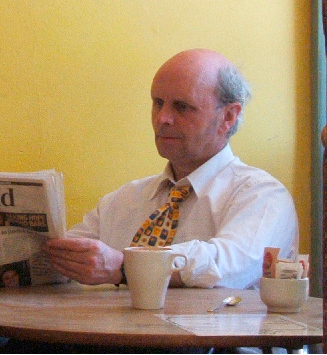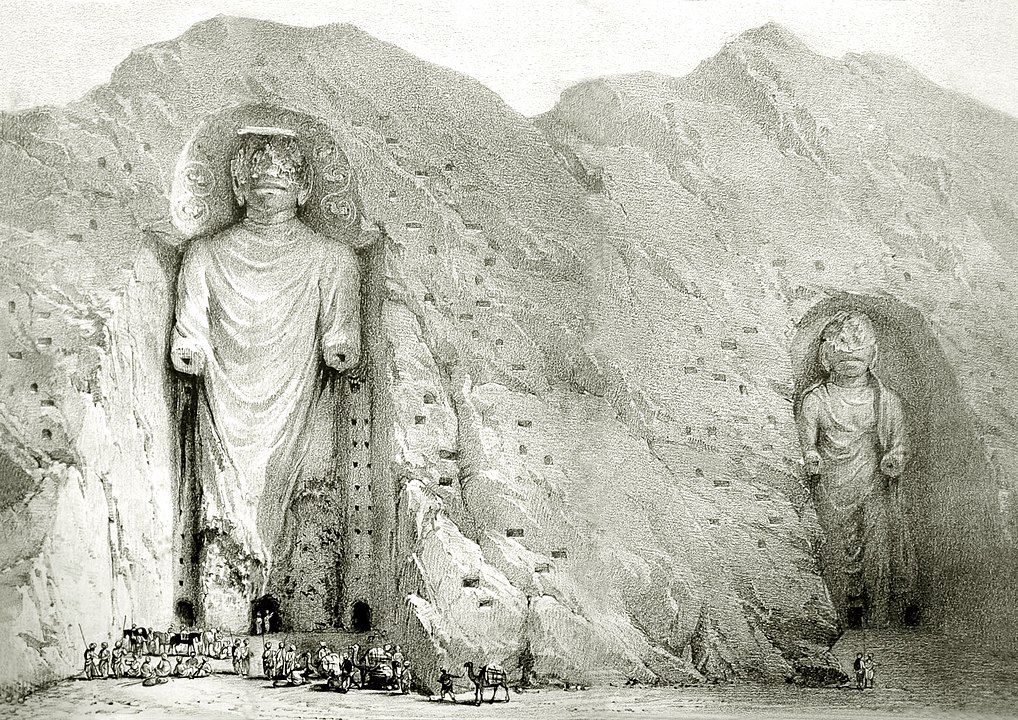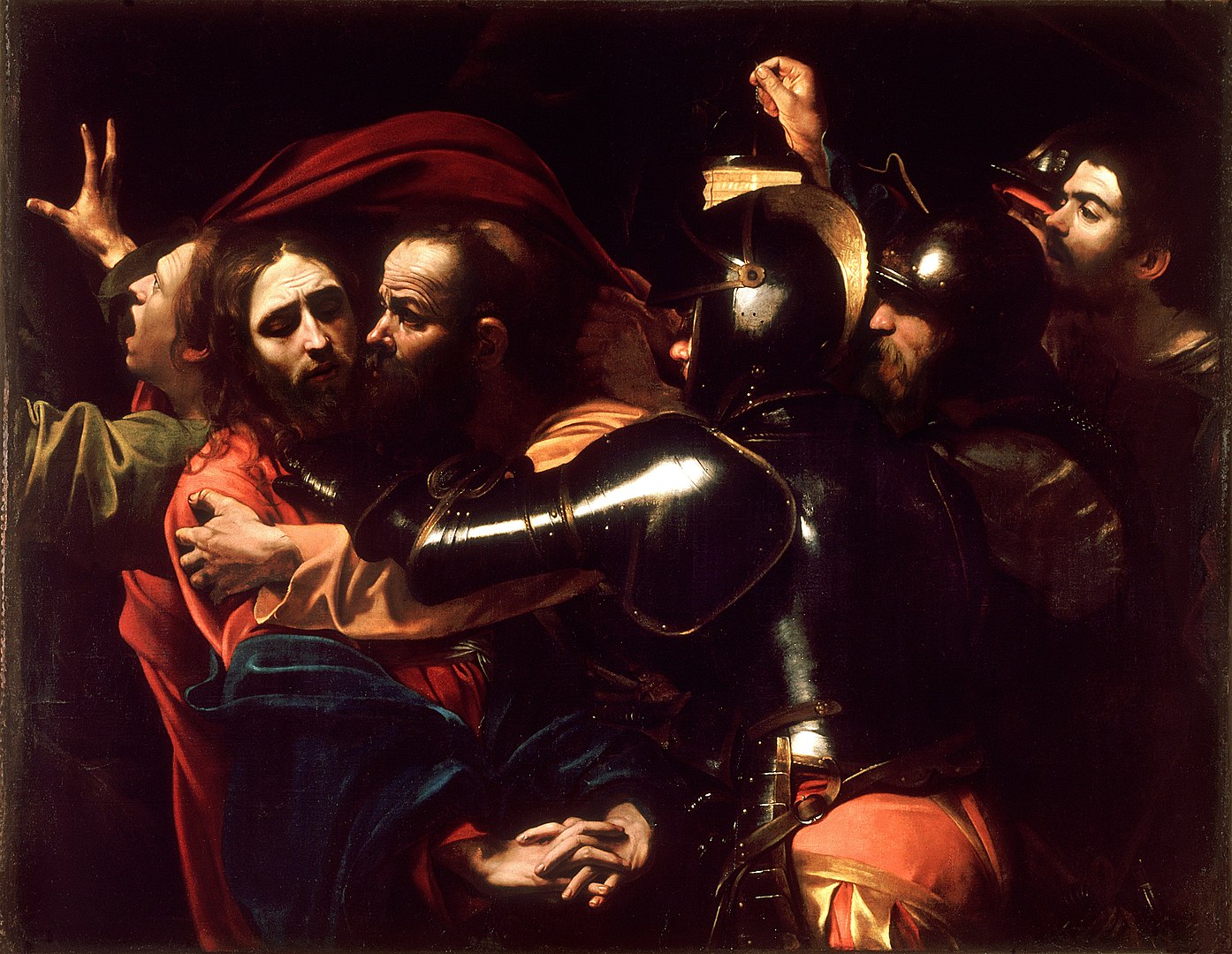David J Black: Statuary provisions – time they were toppled?

David J Black
The perverse jury can be a fair fickle beast. The acquital of four defendants who quite clearly broke the law when they pulled down the statue of Edward Colston is a case in point. Manifestly, it was wantonly remiss of Bristol’s Labour Council and Mayor to risk leaving the said effigy of the reprehensible slave trader where it was when it was obviously vulnerable to attack by a raucous mob. They should ideally have responded to what would appear to have been overwhelming public opinion by re-contextualising the damned thing in a museum, but Colston’s deplinthing and submerging in the dock was a criminal act, pure and simple, even allowing for the quaintly radical-romantic rock and roll names of the accused (Milo, Sage, Jake, and Rhian) and their heartfelt belief in their cause.
It was remarked at the time that a banal gesture whereby the offence of criminal damage is set aside to make way for an untested and arbitrary value judgement (a desire by the jurors to be on something called the ‘right side of history’) might set a precedent. Lo and behold, within a week there was another statuephobe, David Chick of Fathers4Justice, hammering away at Eric Gill’s Ariel and Prospero over the doorway of the BBC’s Portland Place HQ.
There is a critical difference between these two cases. In Bristol, it was the sitter who was the target of opprobrium. In Portland Place, it was the sculptor, a self-confessed incestuous monster whose criminal sins are no more denied than the criminal sin of slavery, yet in all the coverage of the attack on the Colston statue I found only a short letter in The Guardian from a museum curator which referred to John Cassidy, the Irish-born and Manchester based sculptor of the hated effigy. Cassidy was an outstanding craftsman but had limited professional success, almost certainly due to his Catholicism and his sympathy for Irish Independence. He possibly did himself few favours with the British establishment thanks to his proposal for a memorial to Protestant lawyer and Irish revolutionary, Wolfe Tone.
Perpetually strapped for cash, Cassidy spent his time in Manchester living in cheap boarding houses. At the age of 68 he was evicted from his studio, dying in poverty two years later. Designing and casting a statue of a long dead Bristol merchant was nothing more or less than a job by a working artist who needed to put bread on the table. It seems sad, somehow, that a cultural artefact by a sculptor who could not possibly have had a scintilla of sympathy for the rabidly anti-Catholic Colston should be unlawfully destroyed.
This is not to say perverse juries always get it wrong. In 1670 William Penn and other Quakers were hauled up on a charge of unlicensed preaching. The court recorder thought he had it in the bag after he’d packed the jury with an array of citizens who would, he felt sure, find the defendants guilty as charged. They failed to oblige and were committed to jail with the accused – possibly a mite excessive even by Daily Mail standards.
Things could have been worse. In the case of Penn & co a grant of land by the Delaware removed the dread threat of Quakerism from the Anglican home polity. Mind you, the American colonies weren’t altogether a safe haven for adherents of the Society of Friends. When the Quaker Mary Dyer tried much the same thing in Puritan New England they hanged her on Boston Common. She was later compensated with a statue outside the Massachusetts State House, lucky thing!
No reasonable person today could possibly defend the activities of Edward Colston, and much the same could be said for Eric Gill, however talented he was as an artist. It may, after some thought and consideration, have been reasonable to relocate Prospero and Ariel from above the main entrance to the BBC headquarters, but that should have been a subject for consultation and discussion. Chick’s deliberate act of vandalism was as unwarranted as it was unlawful.
There is possibly even a case for removing Gill’s stations of the cross from Westminster Cathedral, particularly given recent controversies within the Catholic Church, but the way to achieve such an objective should be through consultation and consensus, rather than than one individual’s act of barbaric destruction.

Engraving of the Buddhas, as Scottish explorer Alexander Burnes saw them during his visit to Bamiyan in 1832. By L. Haghe for Burnes’ Travels into Bokhara.
The principal problem with removing, destroying, or damaging works of art on the basis that they are judged by some to have deeply unattractive associations takes us into all sort of territory, including Afghanistan’s Bamyan Valley where, in 2001, the Taliban government decided to eliminate two 1,400-year-old Buddha statues on the grounds that they were an insult to their particular brand of Islam.
Similar sentiments are applied, by some, to ‘The Mannie’, on Ben Bhraggie, just outside Golspie, otherwise the 1st Duke of Sutherland. The locals, I am reliably informed, would rather he stayed where he was, a reproachful reminder of his role in the clearances – a role which remains opaque when it comes to assessing the degree of guilt which should be ascribed to him. “I am not so void of feeling as to blame the Duke of Sutherland – for all the evil done in the land” wrote Alexander Mackenzie, whose book The History of the Highland Clearances first opened the world’s eyes to the manifold cruelties and injustices of forced eviction “however atrocious and devoid of human feeling were the acts carried out in their name by heartless underlings”.
However morally disreputable a particular sitter, or individual artist, may be judged to be, the destruction of a work of art is rarely justifiable. Today, the paintings of artists Robert McBride and Robert Colquoun are rightly celebrated, but in their lifetimes their homosexuality could have landed them in prison, and their chances of being included in public collections were minimal. They never concealed their relationship, and many in a homophobic British establishment would certainly have been inclined to heap their paintings on a bonfire. Today we would be horrified by such prejudice, and indeed would regard their persecutors, and not them, as the criminals.
History provides many such examples. The rakish bohemian Augustus John often raped his young models – including, it is said, a teenage Irish girl who would later become Caitlin Thomas, wife of the poet. The crime writer Patricia Cornwell proved to her own (though not everyone’s) satisfaction that the painter Walter Sickert was Jack the Ripper. Should his pictures be removed from public collections? Unlike John and Sickert, Rolf Harris was convicted and jailed for his crimes, and his once popular murals – including one in Kirkcaldy’s Adam Smith Theatre – were soon destroyed. Amnesia, it seems, was the preferred option.
The Scottish artist John Michael Wright’s portrait of King James VII and II which hangs over Rishi Sunak’s Downing Street drawing room mantelpiece had to be “historically interrogated” by Government Art Collection boffins due to a connection to the Royal African Company established by his brother Charles II. This is a tricky area. James was a Catholic, and his un-hanging by a government which refused to accept a petition asking for the removal of the statue of Oliver ‘the butcher’ Cromwell from outside Parliament might be regarded by some as an anti-Catholic outrage. Incidentally Cromwell, too, had no scruples when it came to making a bob or two out of human trafficking. Several Scottish prisoners from the Battle of Dunbar were sold on the block at Boston to work as bonded labourers in the ironworks and timber mills of Maine and Massachusetts.

Caravaggio's The Taking of Christ (1602)
The renaissance artist Caravaggio became a fugitive after killing a man in a fight, though no one has, as yet, attempted to officially destroy his paintings. He was by no means the worst. The silversmith Benvenuto Cellini killed at least three people and tried to steal the Pope’s jewels, but was somehow forgiven.
Being judgemental about the long dead is never easy. Take the case of William Ewart Gladstone, MP for Midlothian and Liberal Prime Minister, he assisted his slave-owning father in negotiating a record compensation award – over £100,000, the equivalent around £12 million today – from the 1837 Slave Compensation Commission. Gladstone’s monument, designed by Pittendrigh McGillivray, is one of the finest examples of public realm art in Scotland. Should it be destroyed? While we’re at it, should we also destroy the city’s Mercat Cross, next to St Giles, since it was W.E. Gladstone who paid for its reconstruction?
Readers are invited to ponder this little conundrum as a preparation for part two’s exploration of the alleged shortcomings of David Hume and Henry Dundas, not to mention the intervention of those much vilified scholars and philosophers in our own time who are minded to offer them some sort of measured defence.








